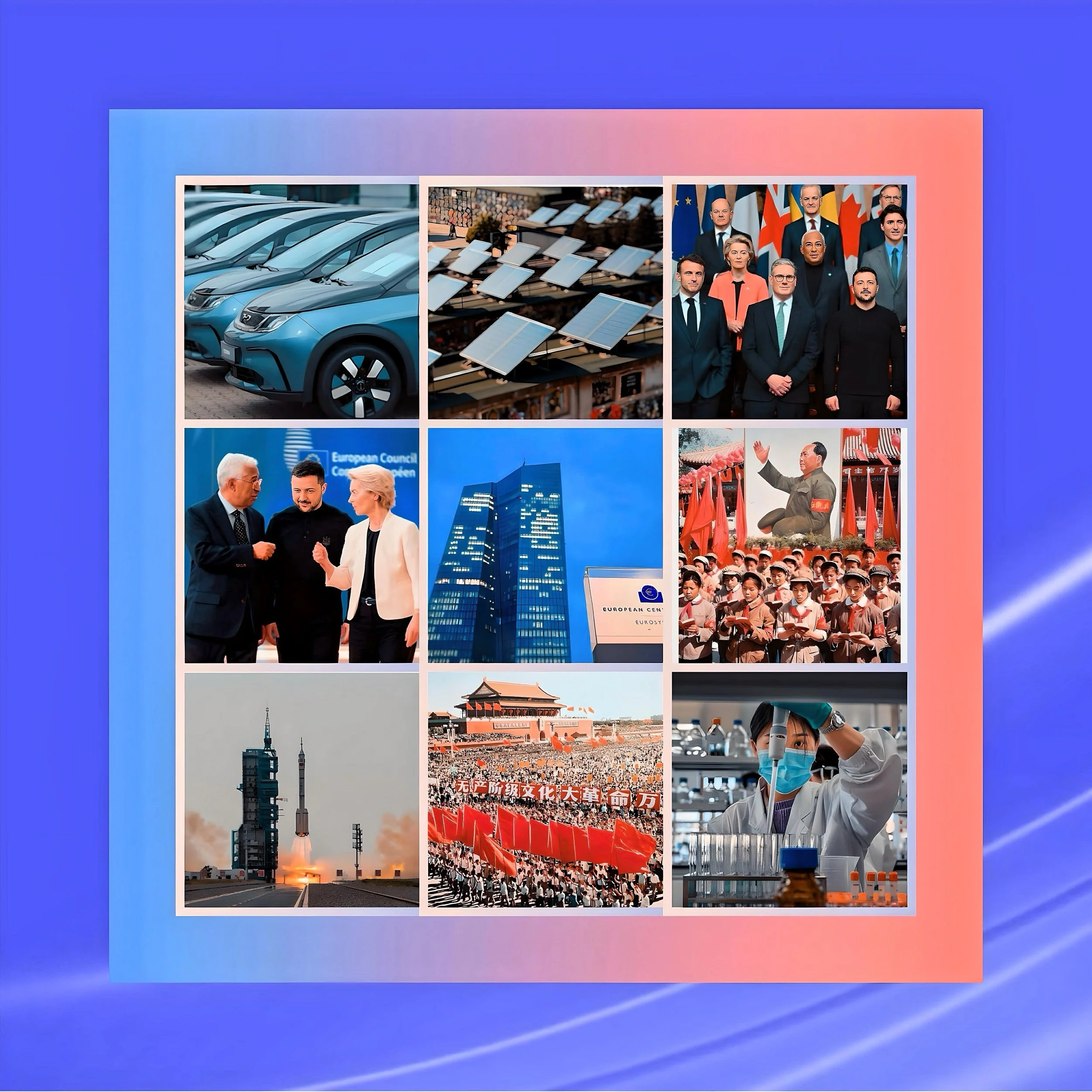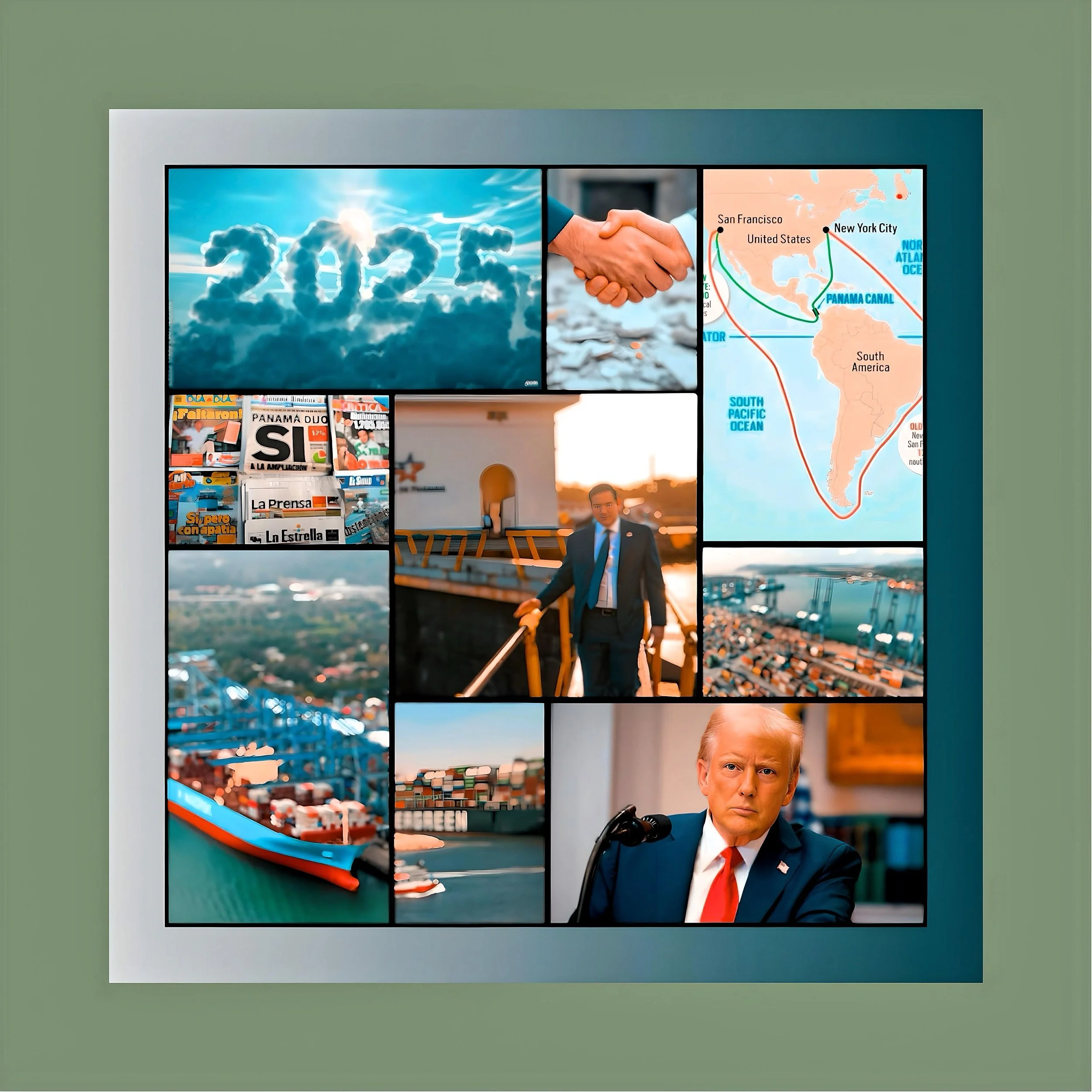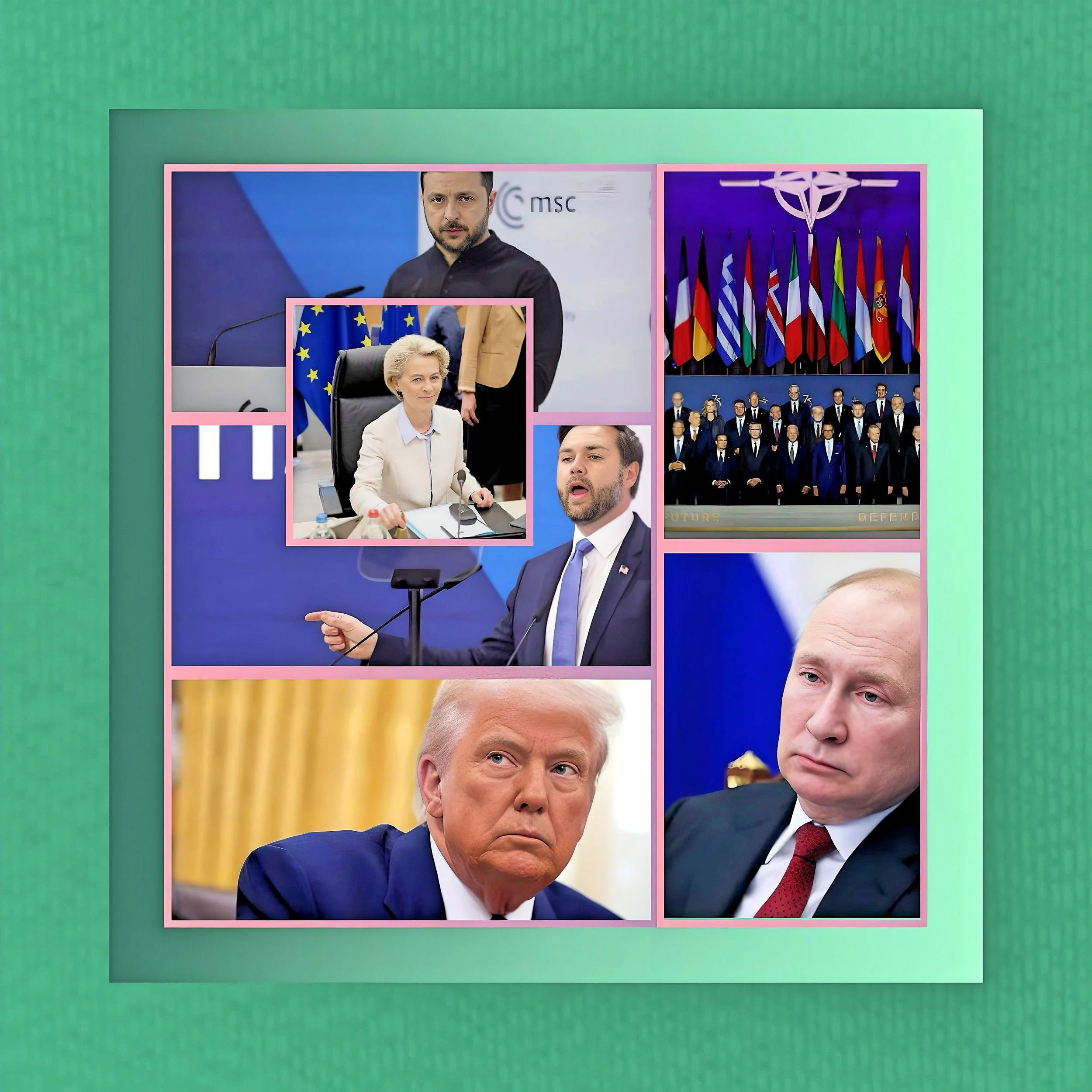Europe’s Industrial Competitiveness at a Crossroads: Structural Challenges and Strategic Imperatives
Introduction
Europe’s industrial sector, long the backbone of its economic prosperity and geopolitical influence, faces structural and external pressures that threaten its global standing.
Despite employing 30 million workers and accounting for over 80% of the bloc’s exports, the European Union (EU) has seen its share of global industrial value-added decline from 21% in 2000 to 14.5% in 2021, mirroring trends in the United States but lagging behind Asia’s rise.
This erosion stems from escalating energy costs, fragmented regulatory frameworks, global overcapacity in key sectors, and the dual pressures of decarbonization and digital transformation.
As the EU seeks to uphold its industrial edge amid U.S. tariff threats and Chinese overproduction, policymakers must confront systemic vulnerabilities while leveraging latent strengths in green technology and advanced manufacturing.
Energy Costs and Security: A Persistent Competitive Drag
The Energy Price Crisis and Industrial Relocation
Europe’s industrial competitiveness is acutely threatened by energy prices that remain 2–3 times higher than in the United States and Asia.
In 2024, wholesale electricity prices in Germany peaked at €936/MWh during winter shortages, compared to an average of €60/MWh in the U.S., driven by reliance on imported liquefied natural gas (LNG) and the phaseout of Russian pipeline gas.
Energy-intensive industries—steel, chemicals, and non-ferrous metals—have borne the brunt: BASF shuttered chemical production lines in Germany, while Nyrstar suspended zinc smelting at its Budel facility, citing unsustainable costs.
The EU’s Emissions Trading System (ETS), which imposes carbon costs of €85–100 per ton, exacerbates this disparity, as competitors in Asia and the U.S. benefit from weaker climate policies.
Strategic Dependency and Decarbonization Dilemmas
While environmentally critical, the EU’s decarbonization agenda risks accelerating deindustrialization. Industries face a trilemma: bridging high energy prices with subsidies (costing €500 billion annually), accelerating renewable energy deployment, or outsourcing production.
Germany’s €500 billion defense and infrastructure package aims to fund dual-use smart grids and hydrogen pipelines, but delays in permitting—often taking 5–7 years for wind farms—hinder progress.
Meanwhile, Chinese dominance in solar panels (85% of EU imports) and rare earth magnets (98%) leaves Europe vulnerable to coercive trade tactics, as seen in CATL’s 2024 suspension of battery shipments to Sweden’s Northvolt.
Global Competition and Overcapacity: The China Factor
Steel and Automotive Sectors Under Siege
Chinese industrial overcapacity has flooded global markets, with steel exports undercutting EU prices by 30% despite 25% safeguard tariffs. Global steel overcapacity reached 551 million tons in 2023 and is projected to grow by 157 million tons by 2026, squeezing EU producers like ArcelorMittal, which delayed green steel investments amid profitability crises.
Similarly, China’s electric vehicle (EV) production surged from 1.3 million units in 2020 to 8.7 million in 2024, capturing 19% of the EU market and pressuring automakers to slash prices.
Germany’s vehicle exports halved between 2019 and 2024, with BMW and Audi relocating production to the U.S. and Mexico to access Inflation Reduction Act (IRA) subsidies.
Asymmetric Trade Policies and Defensive Measures
The EU’s response has been fragmented. The Clean Industrial Deal proposes €400 billion in green subsidies to onshore clean tech. Yet, internal divisions persist: Germany opposes broad anti-dumping duties to protect automotive exports to China, while France advocates “EU-first” procurement rules.
Proposed climate clubs with Canada and Mercosur aim to create a 50-nation bloc excluding China, but progress remains tentative. Meanwhile, U.S. threats of 10–25% tariffs on EU autos under a second Trump administration could cost Germany €28 billion annually, compounding existing vulnerabilities from weak Chinese demand.
Regulatory Fragmentation and Policy Incoherence
Defense Industrial Balkanization
Europe’s defense sector epitomizes systemic inefficiencies, with 178 separate weapons programs versus 27 in the U.S., leading to duplicated R&D and incompatible systems. Despite mergers like KNDS (Nexter-KMW), national procurement persists: Germany’s Leopard 2 tanks use different ammunition than France’s Leclerc, complicating NATO interoperability.
The European Defence Industry Reinforcement through Procurement Act (EDIRPA) seeks to mandate 60% intra-EU procurement by 2035, but resistance from smaller states fearing industrial marginalization stalls implementation.
Clean Energy Transition Bureaucracy
The EU’s regulatory environment stifles innovation. Permitting delays for renewable projects average 9 years in some member states, while the Corporate Sustainability Reporting Directive (CSRD) imposes compliance costs of €1.2 million annually on SMEs.
The proposed Omnibus reform aims to cut red tape by 25%, yet conflicting priorities—such as Germany’s debt brake versus joint EU borrowing for a Sovereignty Fund—reflect deeper political fractures.
Technological and Innovation Gaps
Lagging Digital and AI Adoption
While the U.S. leads in AI and semiconductors, Europe’s strength lies in industrial digitalization. Siemens’ Digital Industries division generated €9.4 billion in 2024 from factory automation, yet dependence on U.S. cloud providers (AWS, Azure) for 78% of data storage risks, ceding control over industrial AI.
The European Innovation Council (EIC) Accelerator’s €250 million fund targets AI and biotech startups. However, scaling remains challenging: EU venture capital investment in AI totaled €12 billion in 2024 versus €45 billion in the U.S.
Clean Tech Manufacturing Challenges
The EU accounts for 48% of global wind turbine installations but relies on Chinese components for 60% of solar panels and 45% of wind turbine parts.
The Net-Zero Industry Act aims for 40% domestic clean tech production by 2030, yet labor shortages—2 million unfilled manufacturing jobs in 2024—and high input costs hinder progress. Europe’s battery production capacity lags at 550 GWh versus China’s 1,200 GWh, with CATL and BYD dominating lithium-ion markets.
Labor and Demographic Headwinds
Aging Workforce and Skills Mismatches
Europe’s manufacturing workforce is aging rapidly, with 32% of workers over 50 and fewer than 10% under 30. Labor shortages in robotics and additive manufacturing threaten to widen the productivity gap, as U.S. firms invest $6 billion annually in upskilling versus the EU’s €2.4 billion.
The Competitiveness Compass seeks to bridge this gap through vocational training, but fragmented national education systems slow coordination.
Wage Pressures and Social Contracts
High labor costs—30% above U.S. levels in automotive sectors—combined with rigid labor laws to deter investment. Volkswagen’s 2024 decision to shift Golf production to Mexico highlights the lure of lower wages and flexible regulations. Meanwhile, EU rules mandating 60% of EV components locally sourced by 2027 risk further relocations.
Pathways to Industrial Renewal
Integrated Energy and Defense Strategies
The European Sovereignty Fund, financed by €750 billion in joint debt, could channel investments into smart grids, small modular reactors (SMRs), and hydrogen pipelines, reducing energy import reliance from 58% to 30% by 2030.
Mirroring the Airbus model, the Future Combat Air System (FCAS) program distributes production across France, Germany, and Spain to consolidate defense R&D.
Trade Asymmetry and Strategic Autonomy
Negotiating LNG import guarantees with the U.S. (70 cm by 2030) in exchange for tariff exemptions on chemicals and machinery could preserve €54 billion in exports. Concurrently, the Anti-Coercion Instrument (ACI) enables rapid retaliation against Chinese trade practices, while “climate clubs” with like-minded partners could secure green tech markets.
Conclusion
Reindustrialization Through Cohesion and Innovation
Europe’s industrial future hinges on reconciling decarbonization with competitiveness. Its dense network of SMEs and research institutes will enable it to lead in green steel, hydrogen electrolyzers, and precision manufacturing.
Addressing energy costs through accelerated permitting and nuclear revival is critical, as well as harmonizing defense procurement via EDIRPA and countering Chinese overcapacity with targeted tariffs.
Failure to act risks ceding strategic industries to U.S. tech giants and Chinese state-backed champions, undermining the EU’s vision of open strategic autonomy.
As Commission President von der Leyen begins her second term, the Clean Industrial Deal must evolve from an aspiration to an actionable roadmap that prioritizes scale, speed, and solidarity.





